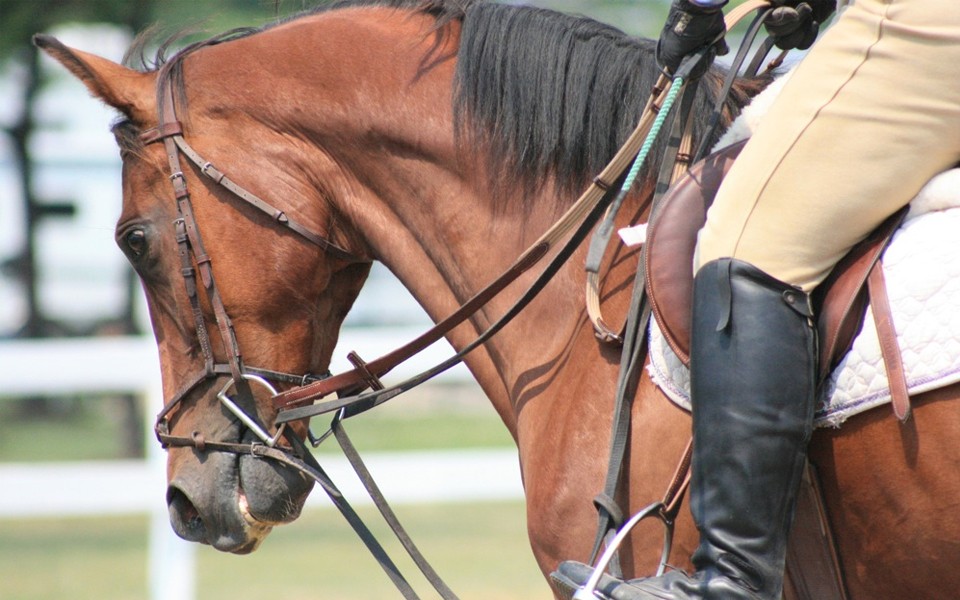Understanding Horse Riding Reins and How to Use Them Properly

Horse riding is an art and a wonderful experience for both the rider and the horse. However, it is essential to master the use of artificial aids to communicate with your horse effectively. Reins are one of the critical aids that help you maintain control of your horse. In this blog post, we will discuss the different types of horse riding reins, their uses, and how to use them correctly.
What are Horse Riding Reins?
Reins are a crucial piece of equipment used to control the horse’s movement, pace, speed, and direction. They connect the rider’s hands to the horse’s mouth, allowing the rider to give signals for the desired response. Today, there are different types of horse riding reins available, including single reins, double reins, curb reins, and draw reins.
Single Reins
Single reins are the most basic type of reins used in horse riding. They are made of leather or synthetic materials and run from the bit through the horse’s mouth and connect to the bridle. The rider holds them in one hand and uses them to give signals to the horse’s mouth for turning, slowing down, and stopping.
Double Reins
Double reins are two separate sets of reins, and they are commonly used with a snaffle bit. One set of reins is connected to the snaffle bit, while the other set is connected to the bridle and is used to control the horse’s head carriage. The reins work independently, and the rider uses them in combination to ask the horse to maintain a particular posture, such as collecting the horse’s head and neck.
Curb Reins
Curb reins are used in riding with a curb bit. They are usually made of rope, leather, or synthetic materials, and they attach to the bit shank. The rider holds them in one hand alongside the bridle, and they are used to control the horse’s head carriage and speed. Curb rein riding usually requires an advanced level of riding skill.
Draw Reins
Draw reins are an artificial aid used to help the horse develop more muscles and to encourage the horse’s head carriage. They are typically used in dressage riding and long rein work. Draw reins attach to the girth on the horse’s back and run through the bit rings back to the rider’s hands. It’s essential to use draw reins correctly and with caution as they can cause serious injuries to both horse and rider.
Conclusion
To have a great riding experience, understanding how to use appropriate riding aids is essential. The right use of horse riding reins will provide safety, control, and balance between the horse and the rider. Ensure you have enough knowledge and skill to handle your horse and avoid using reins as a way to force your horse into submission. Remember that good communication and understanding between you and your horse can make your riding experience more enjoyable and rewarding.




